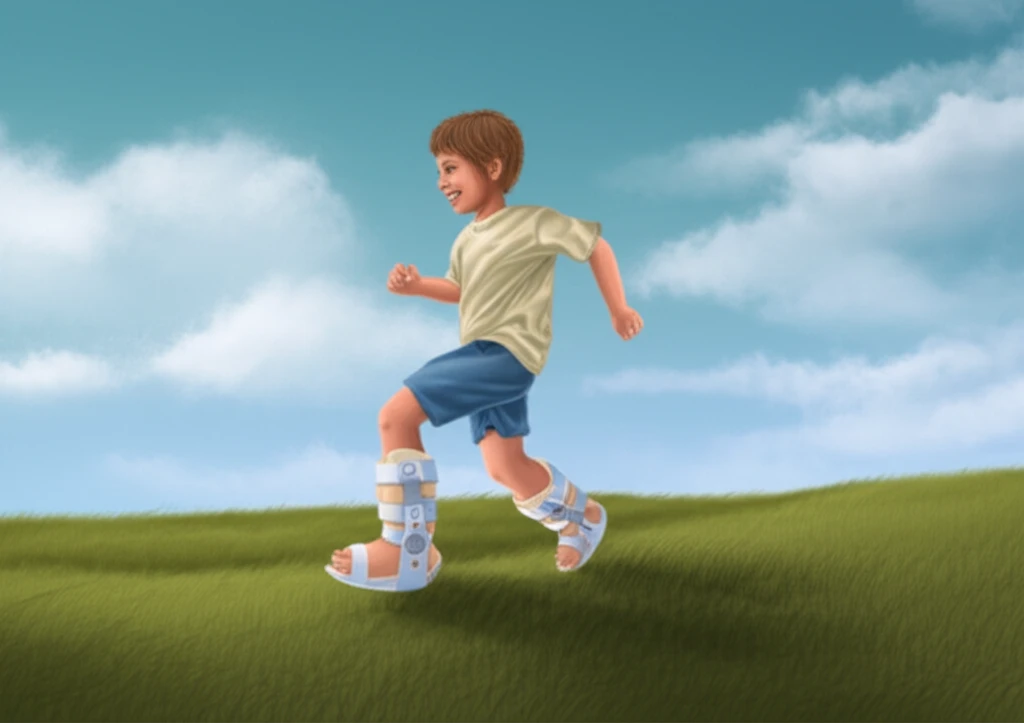
Clubfoot Care Revolution: How a Low-Cost Brace is Transforming Lives
"Discover how the Steenbeek foot abduction brace is making quality clubfoot treatment accessible in underserved communities, offering hope and mobility."
Clubfoot, a common birth defect affecting approximately one in every 1,000 live births globally, poses significant challenges, especially in resource-limited settings. In Kenya, around 1,200 infants are born with clubfoot annually. Without proper treatment, this condition leads to painful deformities, physical disability, and social stigma.
The Ponseti method, a widely accepted treatment protocol, includes bracing as a crucial component for maintaining correction after initial casting. However, standard 'child-friendly' braces often come with a hefty price tag of around $300 USD, making them unaffordable for many families in Kenya and other developing nations. This affordability gap has driven the search for more accessible solutions.
Enter the Steenbeek foot abduction brace (SFAB). Locally made in Kenya for under $10 USD, the SFAB has been used since the inception of the Clubfoot Care for Kenya (CCK) program in 2005. To assess its impact, a study was conducted to investigate the acceptance, tolerability, compliance, complications, and outcomes associated with SFAB use within the CCK program.
Unlocking Mobility: The Impact of the Steenbeek Foot Abduction Brace

The study, conducted between January and June 2014 across four health institutions affiliated with the CCK program, provides compelling insights into the effectiveness and practicality of the SFAB. These institutions, serving both urban and rural populations, collectively address approximately 50% of the clubfoot burden in Kenya. Researchers collected data from children enrolled in the CCK program who had used the SFAB for at least six months.
- High Tolerance: The study revealed that 93.5% of children showed no visible discomfort while using the SFAB, indicating good tolerability.
- Improved Compliance: Only 15% of patients experienced noncompliance with the SFAB, which is notably lower than the 41% reported with traditional Dennis Brown braces.
- Low Complication Rate: Complications were reported in just 5% of cases, primarily as minor skin bruising or pressure sores, easily managed with proper care.
Transforming Healthcare: The Future of Clubfoot Treatment
The Steenbeek foot abduction brace represents more than just an orthopedic device; it embodies a pathway to accessible and effective healthcare. Its low cost, coupled with high efficacy and minimal complications, makes it a game-changer for clubfoot treatment in developing countries. Ministries of health are encouraged to incorporate clubfoot treatment into mainstream services, ensuring that all affected infants have access to this life-changing appliance. By embracing innovation and local solutions, we can collectively strive towards a future where every child has the opportunity to walk, run, and thrive.
